The first written documented records about the progenitor Martin Hertzke originate from the church register of Politzig (Policko, Poland). In the year 1786, he married Dorothea Baudoch and was noted as a gardener from Bobelwitz (Bobowicko). At that time, he was approximately 24 years old. Unfortunately, we have no information about his origin or his parents, which remains a dead end at this point. The Hertzkes are documented from around 1780 in Bobelwitz, Carlsruh, and Janau. There are no entries in the Politzig church register before that time. There is a theory that there might be a connection to the Catholic Herzke/Hercyg from the Betsche (Pszczew) church register, but this theory is unconfirmed.
My continuously Protestant Hertzke lineage leads from Bobelwitz to Ober Görzig (Górzyca), Weissensee (Chycina), and Schloss Tirschtiegel (Trzciel Zamek), until it eventually culminates in Kranz (Kręcko), a small village in the former Meseritz district.
The final stop in Prussia, the village of Kranz, was reached when my great-grandfather Carl Ernst Hertzke married into the household of his wife, Johanne Wilhelmine Auguste Löchel, in the year 1919. Since 1850, her family had owned the estate at Kranz No. 11, which included a garden, fields, a carpentry workshop, and a stable. This move into matrimony cost my ancestors 635 talers (approximately 4800 €).
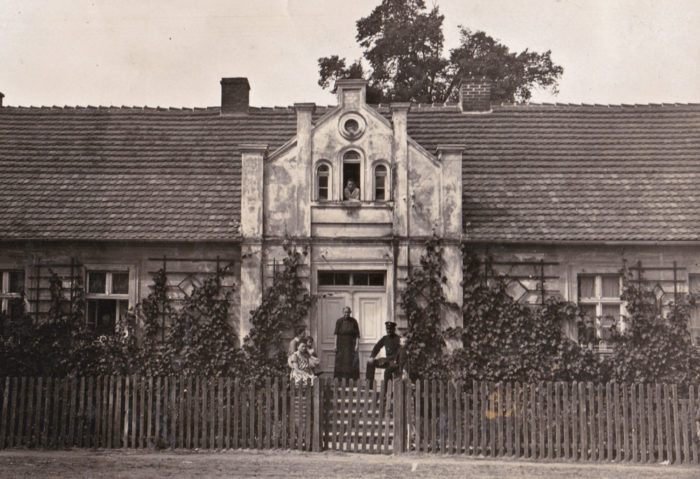
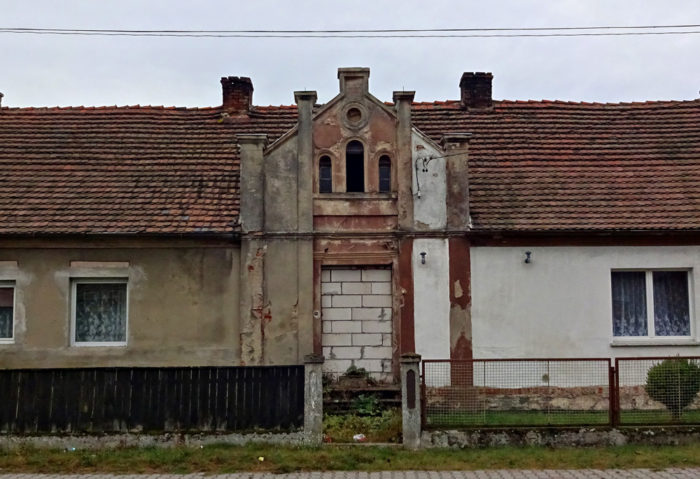
Until the escape, they lived in the house that my family and I visited in 2016. The property had been divided into two parts, and the front door was walled up. It appears that only the right side is inhabited, while the left side looks deteriorated. The carpentry workshop was sold and converted into a complete house, while the stable was completely demolished. Overall, the entire village seems to be in rather poor condition. Not all streets are paved, some houses are vacant, the new cemetery is partially in disrepair, and from the old cemetery outside of Kranz, only the perimeter is visible. The area itself was destroyed during World War II and has since become overgrown. Here are some current impressions of the place:
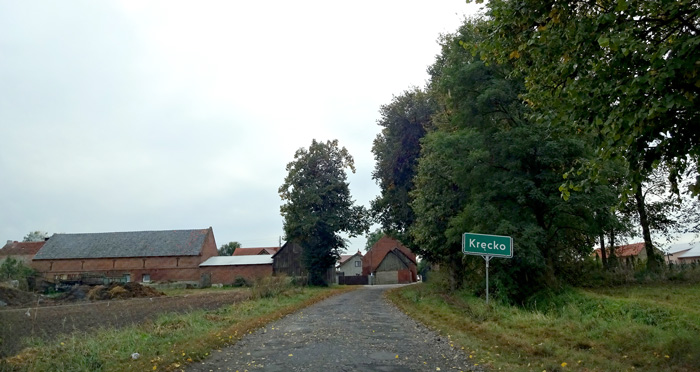
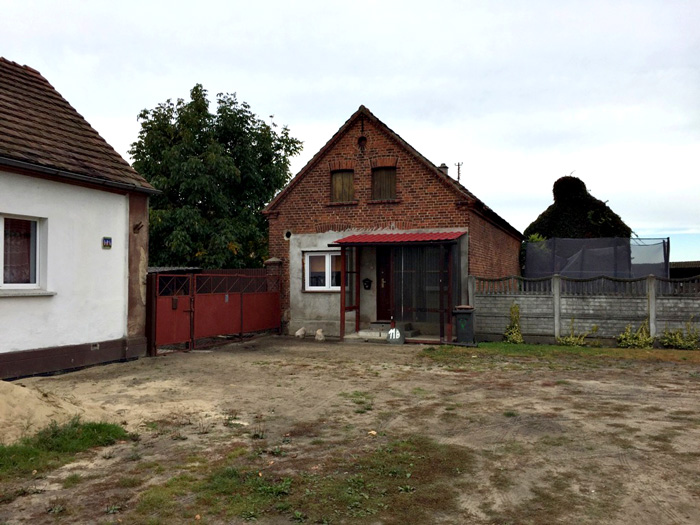
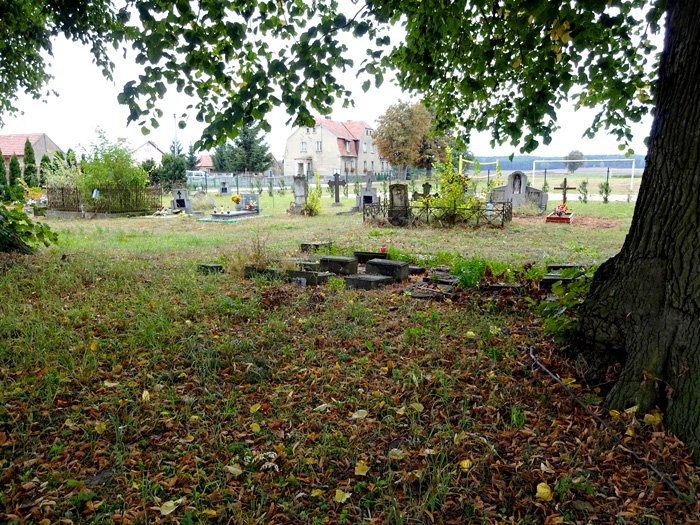
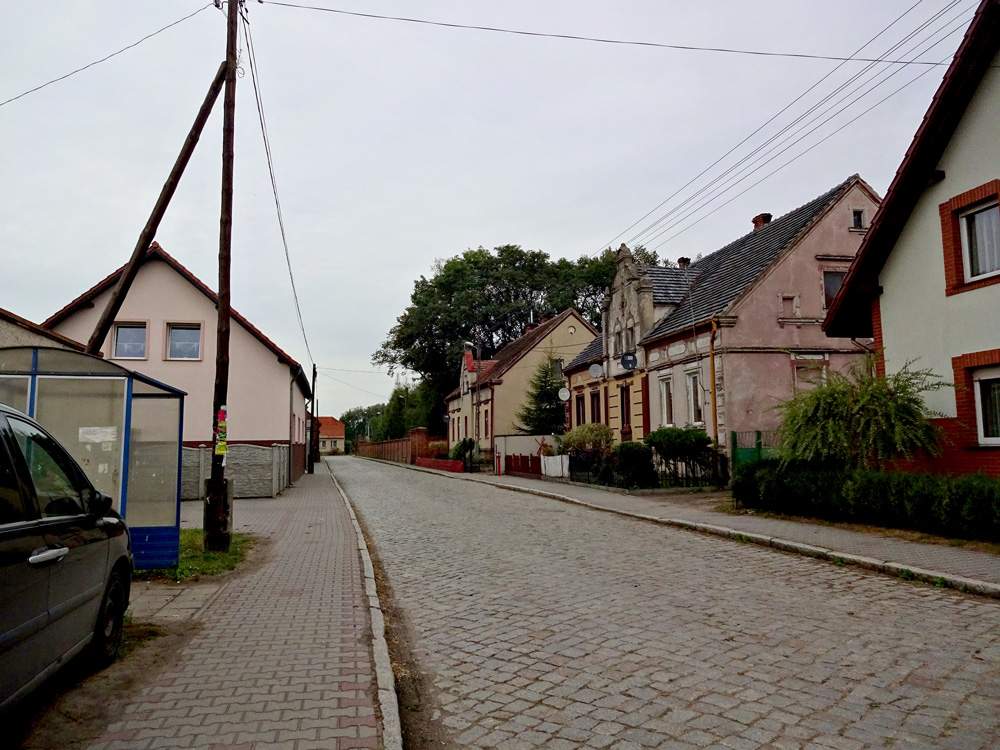
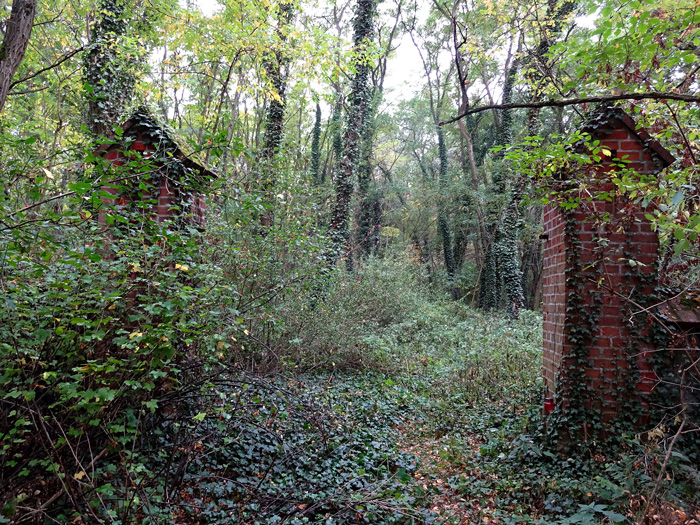
After the war, the family, like many other refugees, lived in Berlin, from where the children dispersed. Even today, Berlin has the highest Hertzke density.
Hertzke in Posen
Not only in the Meseritz district and the Züllichau-Schwiebus district were there concentrations of Hertzkes, but also in other regions. Other places where Hertzkes were mentioned early on include the vicinity of Graudenz (Grudziądz), Scharnikau (Czarnków), as well as the Samter and Thorn districts.
Unfortunately, no connection has been established between the various Hertzke groups up to this point. All bearers of the name who could not be attributed to our family can be found under name bearers.